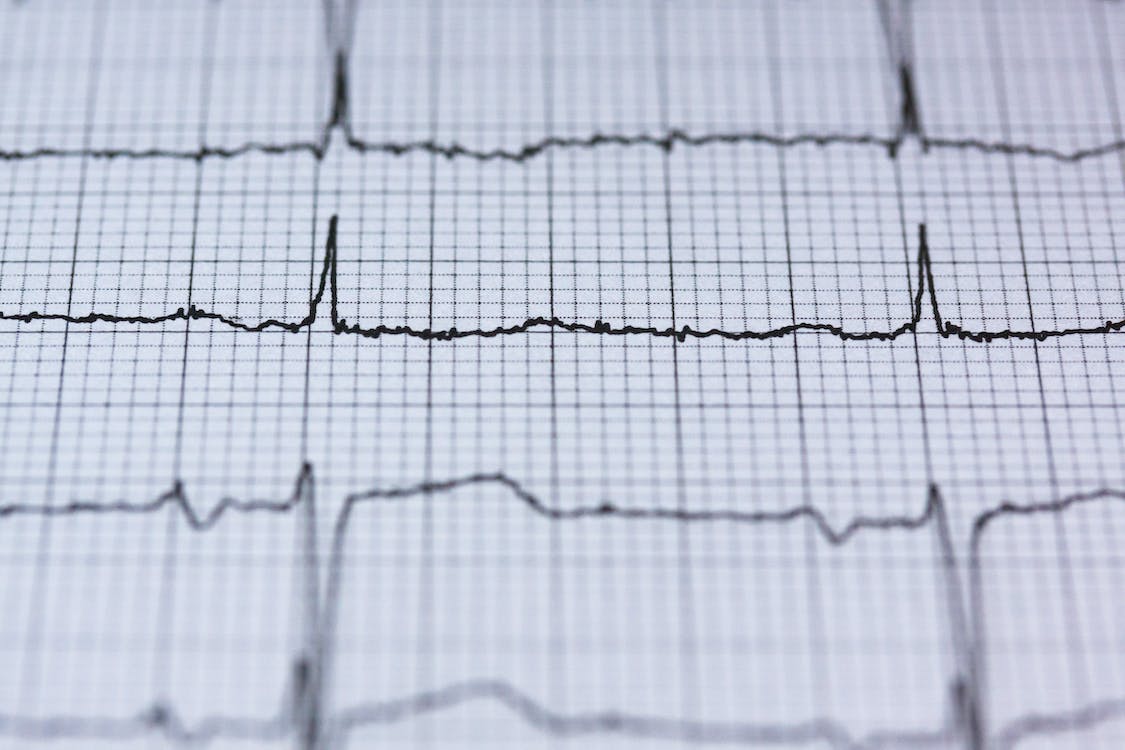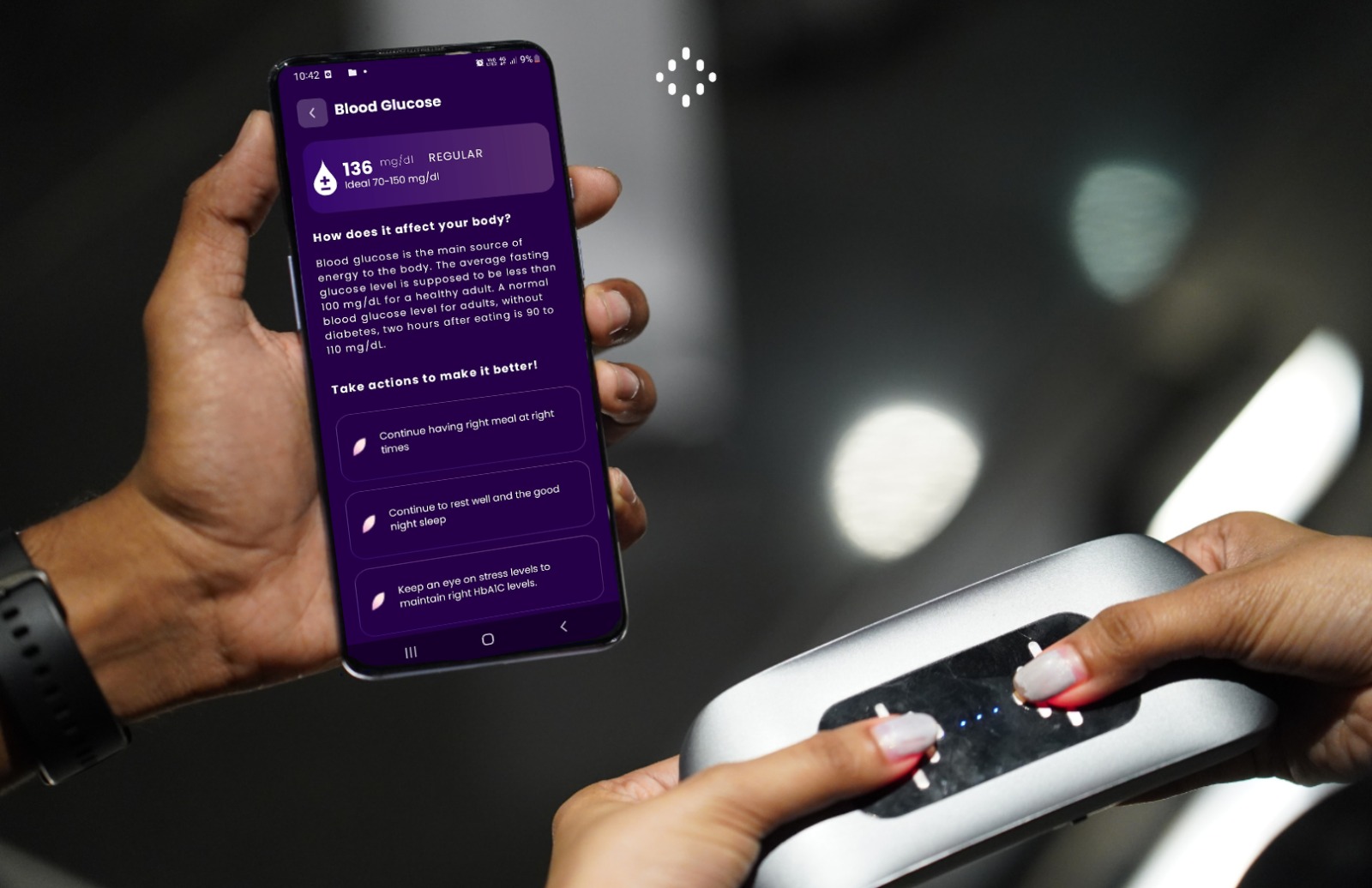How to manage low blood pressure: Lifestyle tweaks, diet tips, and accessible gadgets
Dealing with low blood pressure? From compression stockings to coffee, here are the lifestyle changes that can make a difference along with a non-invasive BP measuring gadget.
Imagine going through unpredictable spells of dizziness or fainting that can disrupt daily routines and take away sense of control. Hard, right? Dealing with low blood pressure, or hypotension, can pose many challenges. You must measure it in time by investing in blood pressure monitor machine.
Even traveling is often painful for those suffering from low blood pressure unless proactive measures are taken to curb the symptoms. But with lifestyle changes and holistic remedies, one can manage low blood pressure which can certainly help in bettering the quality of life.
In recent years, the wellness industry has witnessed significant advancements, including the development of non-invasive health and wellness gadgets. Gadgets like EYVA, offer a convenient way to monitor your health and keep track of vitals, including blood pressure. They are less cumbersome and will fit in your pocket or bag. Hence, it is like taking some control back.
Also, think about holistic remedies! For instance, over the years, there’s been a lot of research on eating small meals frequently to enjoy a cup of liquorice tea, which can have a positive impact. Here we talk about some lifestyle changes and dietary measures that can help people manage low blood pressure.
Lifestyle Changes for Low Blood Pressure:
- Wear compression stockings: Compression stockings play a vital role in improving blood circulation, particularly in the lower legs. These garments help distribute blood more evenly throughout the body, alleviating pressure and discomfort associated with conditions like varicose veins.
- Avoid rapid movements: Sudden movements can at times trigger complications for individuals with low blood pressure. Getting up or moving around quickly may lead to lightheadedness, dizziness, or even fainting. To minimize these risks, it is advisable to make slow and deliberate movements, allowing your body time to adjust and adapt to position changes. Once you follow these changes you can use a blood pressure machine for home use and monitor your BP levels.
- Cut down alcohol consumption: Alcohol can cause a drop in blood pressure. So those who are already dealing with low blood pressure should try to avoid alcoholic beverages. That helps in preventing further reduction in blood pressure levels and promotes overall stability in your circulatory system.
Tweak your diet if you suffer from low blood pressure:
- Drink coffee with meals: Caffeinated beverages, such as coffee, can provide a major but temporary boost to blood pressure. Having a cup of coffee with your meals, especially in the morning, can help combat these symptoms. However, again, moderation is key.
- Opt for more complex carbohydrates: Choosing a diet rich in complex carbohydrates can help increase blood pressure. Incorporate foods like brown rice, whole wheat bread, and barley into your meals. Ditch processed carbohydrates like pasta and white bread. Complex carbs provide a slow and sustained release of energy, promoting stable blood pressure levels.
- Snack on almonds and raisins: Almonds and raisins are great home remedies for low blood pressure. Soak a few raisins in water overnight and consume them in the morning on an empty stomach, along with the soaked water. Similarly, almonds can be soaked and consumed in the same manner. That holistic remedy can work well and is quite yummy too.
- Drink carrot and beetroot juice: Starting your day with a glass of fresh carrot juice, preferably with a touch of honey, can help regulate heart and kidney functions, which will also help with blood pressure maintenance. Beetroot juice is a rather powerful home remedy stabilizing blood pressure.
- Try liquorice tea: Liquorice root is known to help normalize blood pressure by addressing low cortisol levels. It assists in regulating the function of adrenaline and aids in the relief of symptoms associated with chronic fatigue. Consuming liquorice tea daily for a few weeks or opting for liquorice capsules can be a beneficial addition to your low blood pressure management routine.
- Eat small meals frequently: Consuming smaller meals more frequently has proven to work well for those dealing with hypotension. If you are wondering how it helps, it does so by supplying a steady intake of nutrients to the body. And that curbs blood pressure spikes, compared to, say, when you have larger and heavier meals. When the portion size of your meal is smaller, it keeps you satisfied without putting too much strain on your cardiovascular system.
- Increase your salt intake: Salt, rich in sodium, can be a handy home remedy for low blood pressure. For those of us who have blood pressure issues, higher sodium intake can help raise blood pressure. However, as always, it is crucial to strike a balance. It could be best to have a word with your healthcare provider to determine the amount of salt needed as all of us have different needs.
Managing low blood pressure requires a well-rounded approach. Making some lifestyle changes, trying home remedies and incorporating non-invasive health gadgets into your daily routine can make it easier to stay on top of your health. Additionally, adopting a balanced diet plays a significant role to manage low blood pressure. By taking these steps one can feel more empowered – a feeling which only increases as you make more informed decisions about your health.









